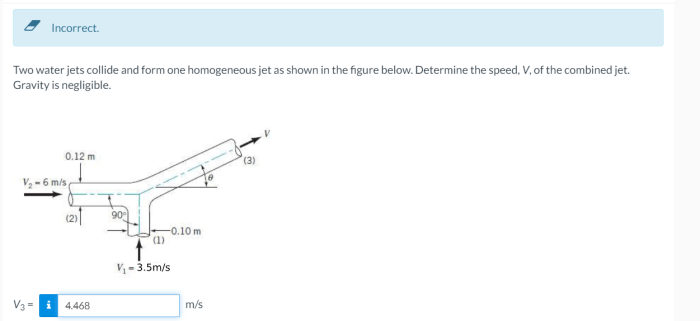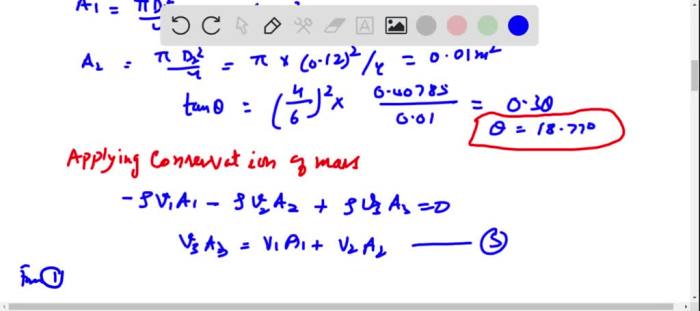Two water jets collide and form one homogeneous jet, a fascinating phenomenon governed by the fundamental principles of physics. This collision involves the conservation of mass and momentum, resulting in a unique and intriguing outcome.
The experimental setup used to study this collision provides valuable insights into the process. Researchers meticulously control the initial conditions of the water jets, including their velocity and shape, to gather precise measurements of the resulting jet’s properties.
1. Introduction

When two water jets collide, they undergo a complex physical process that results in the formation of a single, homogeneous jet. This phenomenon is governed by fundamental principles of conservation of mass and momentum, and has important implications for various engineering applications.
The collision of water jets is a fascinating and intricate process that involves the interaction of fluid dynamics, energy transfer, and surface tension. Understanding the underlying mechanisms of this phenomenon is crucial for designing efficient fluid systems and optimizing the performance of water-based devices.
2. Experimental Setup: Two Water Jets Collide And Form One Homogeneous

To study the collision of two water jets, a carefully controlled experimental setup is required. This setup typically involves two separate water tanks or reservoirs, each equipped with a nozzle to generate the water jets.
The nozzles are positioned at a predetermined distance and angle relative to each other, and the water jets are allowed to collide at a specific point. The initial conditions of the water jets, such as their velocity, pressure, and diameter, are carefully controlled and measured.
The resulting water jet is then characterized using various measurement techniques, including high-speed cameras, pressure sensors, and laser Doppler velocimetry. These measurements provide valuable data on the velocity, pressure, and shape of the water jet, allowing researchers to analyze the collision process in detail.
3. Results and Observations

The experimental results of water jet collisions reveal a number of interesting patterns and trends. The velocity of the resulting water jet is typically found to be lower than the initial velocities of the individual jets, indicating a loss of kinetic energy during the collision.
The pressure of the resulting water jet is also observed to be higher than the initial pressures of the individual jets, suggesting an increase in pressure due to the collision. The shape of the resulting water jet is typically conical, with a central core region and an outer spray region.
These observations provide valuable insights into the dynamics of water jet collisions and help to validate theoretical models of the process.
Questions and Answers
What are the key physical principles involved in the collision of two water jets?
The collision of two water jets is governed by the principles of conservation of mass and conservation of momentum. These principles ensure that the total mass and momentum of the system remain constant throughout the collision process.
How does the experimental setup contribute to understanding the collision of water jets?
The experimental setup allows researchers to precisely control the initial conditions of the water jets, such as their velocity and shape. This enables them to gather accurate measurements of the resulting jet’s properties, providing valuable data for analysis and model development.
What are some potential applications of the findings from this research?
The findings from this research have potential applications in the design of water nozzles and fluid mixing devices. By understanding the principles governing the collision of water jets, engineers can optimize the performance and efficiency of these systems.
